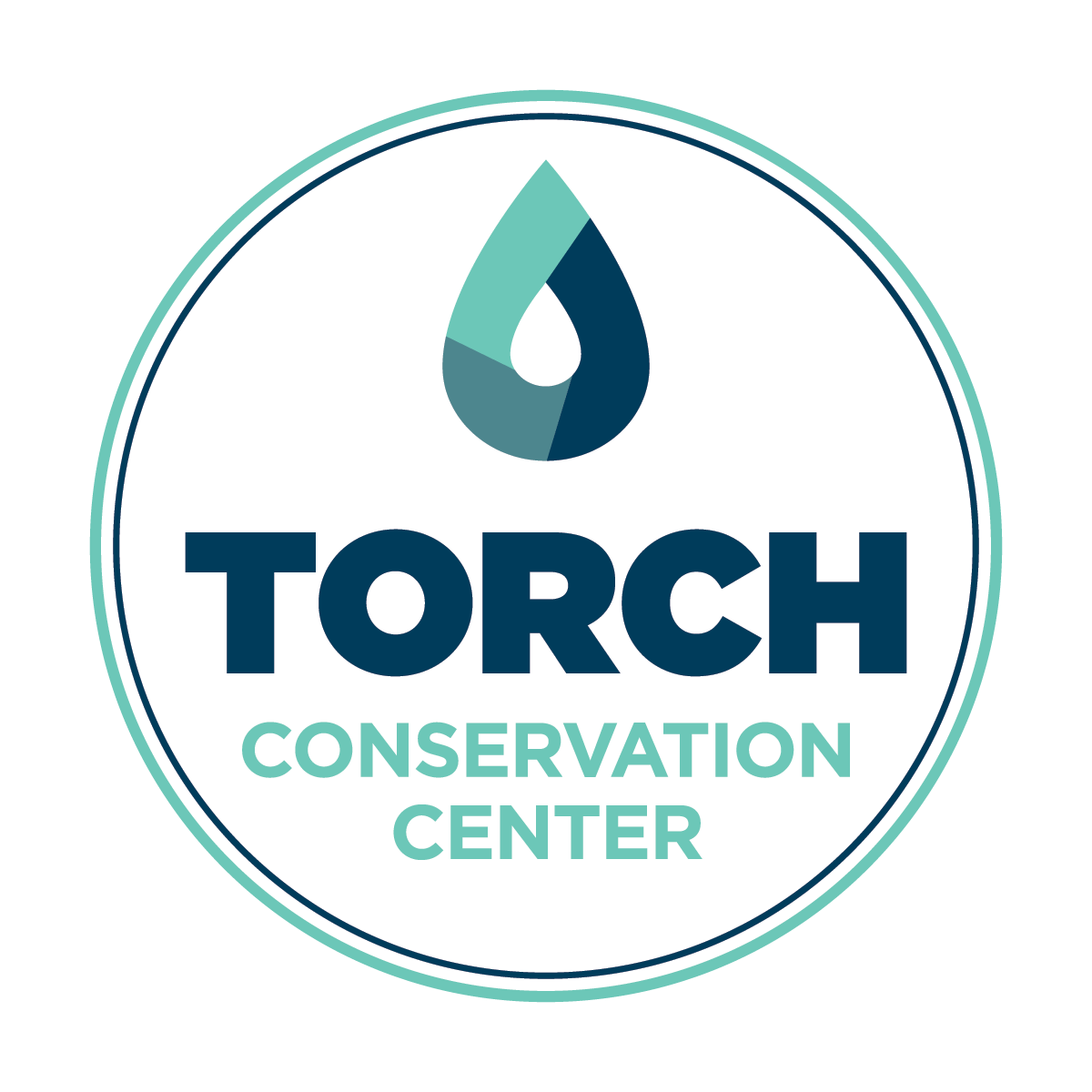How Petoskey Stones Were Formed
Long, long ago when Mother Earth was young, she was covered with salt water. There was no land, only salt water as far as you could see in every direction. There were some animals living in the salt water: squid and octopus, starfish and anemone, whales and dolphins, loons and gulls, sharks and other colorful fish in every shape and size.
There was also something called coral. Coral was a type of animal that grew in groups called colonies. There were many kinds of brightly colored coral – yellow, orange, blue, green, purple, and red- that grew in the earth’s salt water. In the warm, shallow seas, the colonies grew as big as houses.
Mother Earth is always changing, and so after a time the seas became smaller and land began to appear. Temperatures on Earth became colder. Many of the animals that lived in the warm seas died.
The coral died, too, but they left their skeletons.
The Earth became colder still and snow piled up – higher and higher, towering a mile high in some places. The snow on top pressed down on the layers below until the snow turned to ice. The ice grew so thick and heavy, it turned blue. For years the ice melted and grew thick again… melted and grew thick again and again, many times and the coral skeletons were trapped in that freezing blue ice.
This blue ice did not stay still. Gravity pushed and pulled it over Mother Earth’s surface. As it moved, it ground up the rocks, turning them into sand and dirt. Some of this sand and dirt filled in the spaces of the coral skeletons trapped in the blue ice. The sand and dirt in the coral skeletons turned to clay and hardened. The ice pushed on those coral skeletons filled with clay. It pushed so hard and so long that the coral was turned into stone.
Mother Earth began to change again. The temperatures became warmer, and the ice began to melt. Some of the water from the melting ice formed the lakes and rivers you see today – even Torch Lake. When the blue ice melted, it left one special kind of coral in our area.
But what happened to all of those coral skeletons that turned into rocks?
You can see for yourself next time you’re at the beach or digging in the ground around Torch Lake and Northern Michigan. Look carefully for rocks that have dots or tiny suns all over them. What you’ve found is a Petoskey Stone.
Years ago when the Native Americans began to find these special stones, they named them after one of their chiefs… “Petosegay” which means “rising sun.”
When you pick one up, you’ll be holding a very old piece of coral in your hand from Mother Earth’s ancient oceans.
Visit the Torch Conservation Center Artisan Market

Summer Hours
Tues-Sat 11:00 - 5:00
Sunday 12:00 - 3:00
9046 Helena Road
Downtown Alden, MI
Don't just wish that Torch Lake will stay blue.
Choose a water-friendly lifestyle - make a difference!

